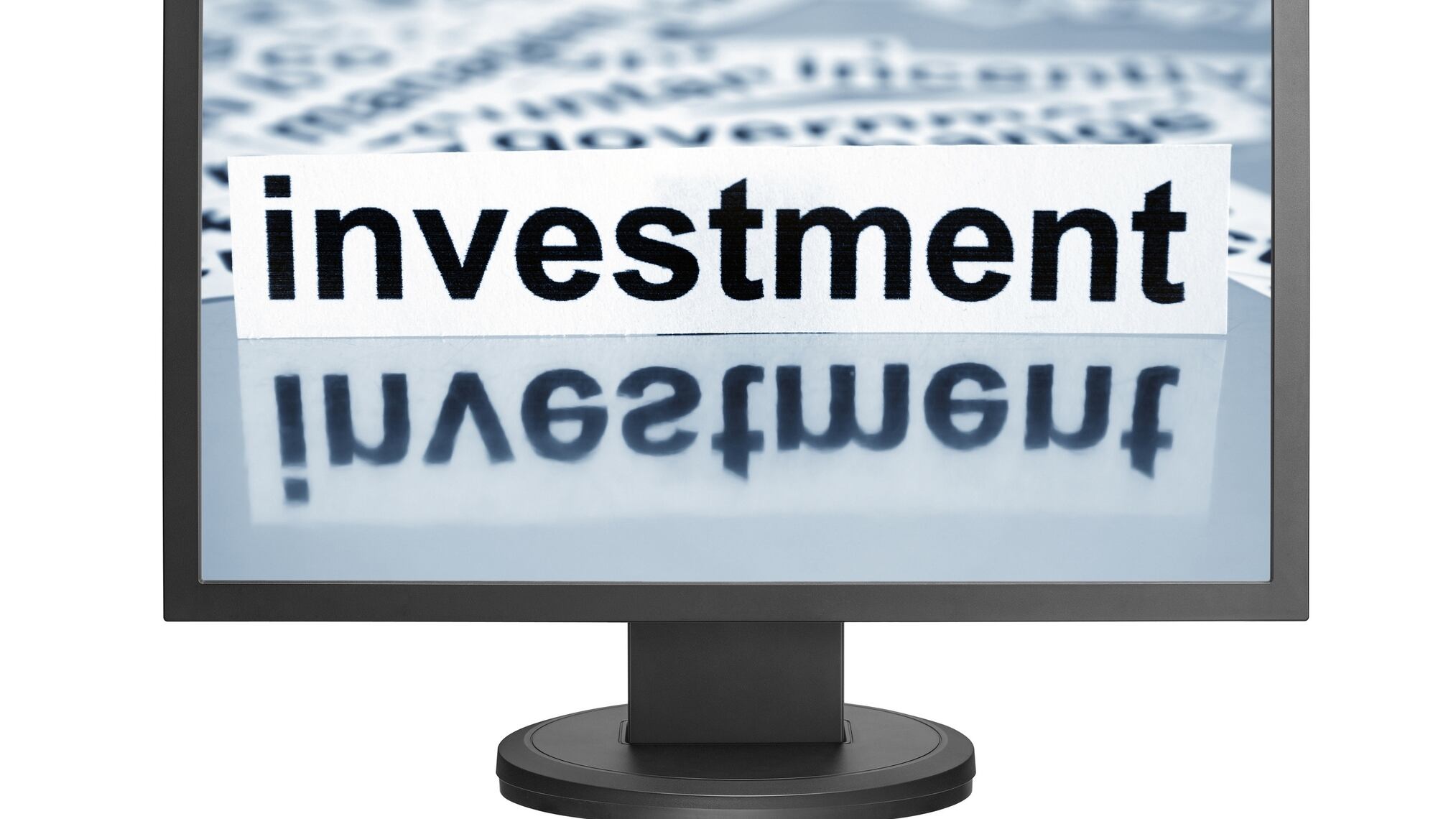Low-cost index funds can be the cornerstone of your investment portfolio
As an alternative to a 'set it and forget it' investment like a target retirement fund, you can fill your Roth IRA account with index funds or mutual funds of your choice.
An index fund is a cousin of a mutual fund where you own all or almost all of one particular kind of investment. The most popular of all index funds is a ‘500 index.’ It holds within it little pieces of the 500 largest companies in the United States.
The core of any portfolio should be a ‘total stock market index’ which mimics the total United States stock market.
But there are also tons of other choices. Here are some examples: You can own a mid-size company index; a small company index; an international index; an emerging market index (think Third World countries); a government bond index; a corporate bond index; a real estate index fund and on and on.
If you decide to build your own portfolio, you shouldn’t bet the farm on any one sector of investing. That’s why index funds work so well; they give you access to a great cross-section of capitalism both here and abroad.
When it comes to your portfolio, the younger you are, the more stock oriented you want to be. The older you are, the more bonds you want to have. You can build an ultra-simple portfolio with just three to five index funds or go crazy with as many as 15, though simpler is often better.
If you want to use mutual funds instead of index funds, you will pay a higher annual management fee — about three to five times more. The fees are stated as a percent of the money you have invested. An index fund should cost as little as .04% to .30% per year. But the average mutual fund costs 1.5% per year — although you can build a great portfolio with mutual funds with management fees of .5% to .8% percent.
Over time, what seems like a tiny difference in management fees from fund to fund can make a huge difference in how much money you have to spend. We're talking a difference in the tens of thousands of dollars!
Low-cost index funds
So with the idea of keeping your expenses down, here are some sample low-cost index funds that I like…
Vanguard Total Stock Market Index
Invests in approximately 3,600 companies
Expense: 0.14% (other fees may apply)
Minimum investment: $3,000 minimum to open an IRA; $3,000 minimum to open an investment account
Vanguard STAR Fund
Invests 40% in bonds and 60% in stocks using a basket of Vanguard funds
Expense: 0.32%
Minimum investment: $1,000 minimum to open an IRA; $1,000 minimum to open an investment account
Schwab Total Stock Market Index Fund
Invests in 5,000 companies
Expense: 0.03%
Minimum investment: $1 (that's not a typo — you can get started investing with Schwab for just $1!)
Schwab International Index Fund
Invests in 350 publicly traded companies from selected countries outside the U.S.
Expense: 0.06%
Minimum investment: $1
Schwab Small Cap Index Fund
Invests in 1,000 smaller publicly traded U.S. companies
Expense: 0.05%
Minimum investment: $100
Fidelity Four-in-One Index Fund
Invests 48% in 500 largest stocks, 12% in rest of U.S. stock market, 25% in an international stock index, 15% in a bond index
Expense: 0.13%
Minimum investment: $2,500
Ready to take the next step?
The ADVANCED guide is designed for the most experienced investors.
Clark.com








